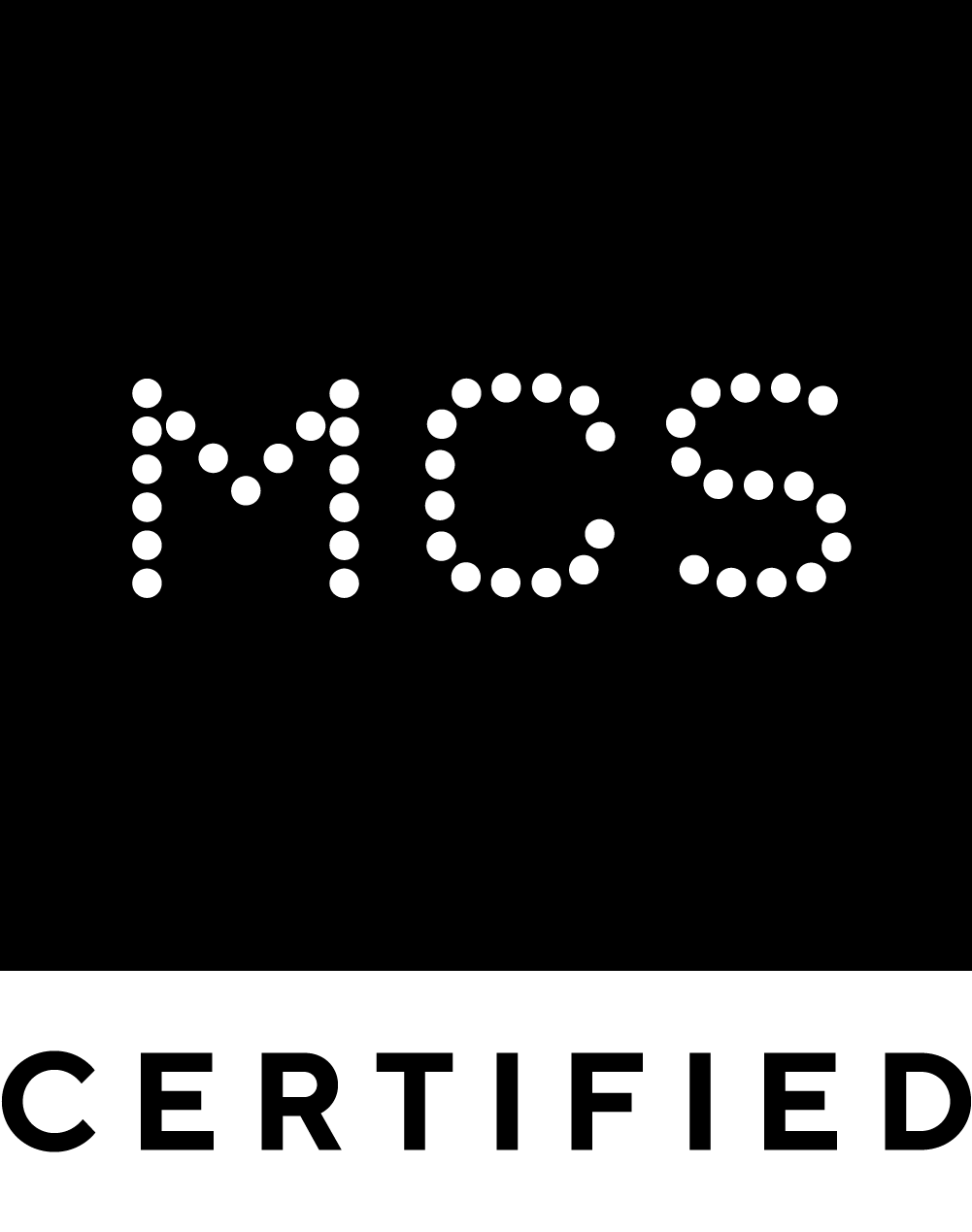Over the summer, more information emerged about the successor to domestic RHI - The Green Homes Grant Scheme. While we await full details about how the scheme will work for installers and homeowners alike, let's take a look at what we do know so far.
The domestic Renewable Heat Incentive Scheme which launched in 2014, will close to new applicants on 31st March 2021. It's successor, The Green Homes Grant Scheme (GHGS), is scheduled to launch at the end of September 2020 and will be delivered to households via vouchers administered through a central application portal. The first tranche of GHGS monies - a mighty £2bn, is to be spent in financial year 2020/21, with vouchers redeemed by 31st March 2021.
The following properties are eligible under the scheme: all owner-occupied homes (including long-leaseholders and shared ownership); landlords of private rented sector domestic properties; landlords of social sector domestic properties (including Local Authority-owned homes); park homeowners (for residential sites).
However, for the low-income scheme, only owner-occupied properties and park homes are eligible.
How much is the grant?
Under the scheme, the government will fund two thirds of the cost of green measures including heat pumps and solar thermal panels, and, in limited circumstances, biomass boilers. The grant payment is capped at £5,000 for those able-to-pay. For the poorest households (those in receipt of certain benefits including income-based and disability benefits), the government will fund the total cost of measures up to the value of £10,000.
Following consultation with installers and industry bodies, it's been announced that the grant can be used in conjunction with the domestic Renewable Heat Incentive by new applicants, but the GHGS voucher must be applied for first and then a subsequent application to the Renewable Heat Incentive scheme submitted when the installation is completed. The value of any grant made will be deducted from the RHI entitlement. Thus the new scheme can help with the initial installation cost, but won't offer any greater returns overall than RHI payments alone.
What measures does the scheme support?
The GHGS supports a range of measures which are split into primary and secondary categories and at least one of the primary measures must be installed before any secondary measures will qualify for funding.
Primary measures include cavity wall, solid wall and loft insulation as well as air source and ground source heat pumps and solar thermal panels. Biomass boilers are included only in limited circumstances - where it can be demonstrated that a heat pump is not a viable option.
Secondary measures include draught proofing, improvements to glazing, and heating controls and associated insulation. The voucher value for secondary measures can be no more than the voucher for the primary measure and the combined total is capped at the relevant £5,000 or £10,000 maximum.
When installing one of the low-carbon heating systems, households will have to have adequate wall and loft insulation, just as is the case with domestic RHI.
How do you go about applying or seeing if you and your property are eligible?
You can visit the Simple Energy Advice website to check eligibility and find out what low carbon heat improvements can be made to your home.
Here you will be able to search for accredited tradespeople to carry out the works and you will then be able to apply for a voucher from the end of September.
The site suggests you should get three quotations to ensure you're getting best value for money.
To protect the interests of homeowners and to ensure the quality of installations, to be eligible for the grant, the installer you choose must be MCS accredited for the chosen technology and must also be TrustMark registered. Yorkshire Heat Pumps Ltd is MCS accredited as an installer of ground source and air source heat pumps and is TrustMark registered.
What's in it for us as installers?
While we welcome any initiative which will encourage uptake of renewable energy heating, for us as an installer, the scheme may cause cash flow headaches. The voucher is payable direct to the installer, but not on completion of the installation, but on submission of evidence of the registration of the system - via an MCS certificate. Given there is frequently a delay between the completion of a heat pump installation and registration, while waiting for wider works to be finished, for example, and for the homeowner to then commission a new EPC, installers could find themselves out of pocket to the tune of £5,000 or £10,000 for some time.
Watch this space...
With the end of September fast approaching, we eagerly await more detail about the application process for homeowners and what will be required from us as installers in support of the application. We will post more information as it becomes available.






 Unit 3a & 3b | Follifoot Ridge Business Park | Pannal Road | Harrogate | N. Yorks | HG3 1DP
Unit 3a & 3b | Follifoot Ridge Business Park | Pannal Road | Harrogate | N. Yorks | HG3 1DP
Comments (0)
Add a Comment